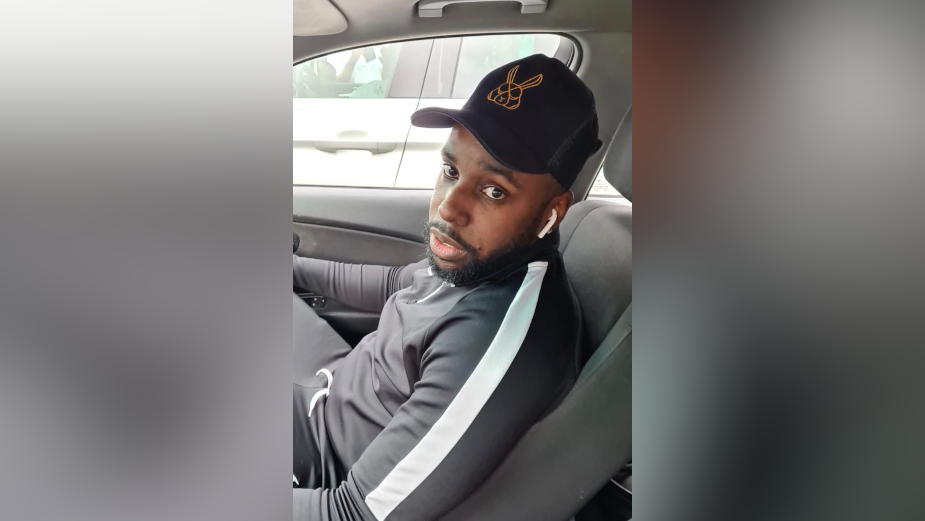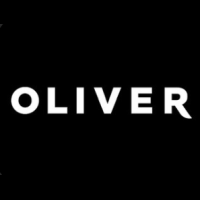
Reframing BAME

OLIVER's design team lead, Jermaine Balfourth shares his insights into the term BAME and why he thinks if should be rejected for an alternative.
The BBC asked a good question recently: why should we reject the term BAME?
It’s been on my mind and, seemingly, on the minds of many others.
There are many reasons why I feel we should reject the term BAME (which I go into below).
There’s just one reason why we haven’t. And that is, we don’t yet have an alternative.
The term BAME has a job to do, you see. At its best, it helps the UK’s creative businesses benchmark themselves against their diversity goals. At worst, it’s a safe-word (or, perhaps, even a lazy word?) that lets us be vague about people’s race, nationality and origin. Whilst it aims to be helpful, under the spotlight of BLM it has been seriously stress-tested for its usefulness.
What does BAME mean to BAME people?
‘Black’, ‘asian’ and ‘minority ethnic’ are each too broad to mean, well, anything.
As pointed out in the BBC article by 24-year-old actor Nicole Miners, the term is misleading for several reasons. “It misleads people into thinking that everyone who isn’t white English should come under the term BAME”, she said.
And she’s right. If we’re talking about being ‘Asian’ then we’re talking geographically about being possibly Chinese, Korean, Pilipino, Sri Lankan (and about 50 other nationalities) - an estimated population of 4.4 billion around the world making-up 60% of the world’s population. Despite only a small proportion of Asian people residing in the UK (approximately one person in every 20), Asian people are by no means ‘Ethnic Minorities’, which is why the BAME grouping feels so misrepresentative. The same applies to ‘Black’.
Connotations surrounding this term lead to people feeling less than. Somehow not as mighty. A continued (though unintentional) separation of whites from non-whites, the majority from the minority, the bigger from the smaller. A term that’s akin to ‘coloured’, according to the BBC interviewees.
As long as the markers for BAME are so wide open the term cannot serve its purpose - which is ultimately to promote equality and inclusion. The irony is, it puts people in an isolated group and yet carries the intention of bringing people closer together.
Creatives need to get creative with the term BAME
If we’re set on needing a phrase to group ‘people of colour’ (a phrase I would never promote the use of, by the way) for the purposes of better serving their need for equity (particularly in Western countries), then let’s at least make the term empowering.
Playing around, how about:
BAME – the Big And Mighty Ensemble.
Or, BAME – the Bright, Ambitious but often Misrepresented Entities.
Or, my personal favourite, BAME – Bin All Minority Acronyms. (Okay, that’s BAMA, but you get the idea.)
The point is, let’s introduce fairer, more aspirational ways for Adland to coin under-represented people. Only this will help bring these communities out of the box that the industry is unconsciously creating for them.
And who knows, perhaps we won’t need boxes at all in future?
We’re all one
The question then becomes, in 2020 do we really need a group term at all?
If we commit to conducting anti-racist and unconscious bias training within the creative industry, then we don’t need to be afraid to actually use people’s ethnicities to describe them: call African people African, call East Asian people East Asian, call Bangladeshi people Bangladeshi. It’s actually very simple once we take time to educate ourselves properly, and then get comfortable using new terminology.
People won’t then need to be grouped together, because there is no accurate catchall system that can be accurately applied to this level of diversity (apart from simply calling us ‘people’) – the kind of diversity we all want to celebrate.
I’m glad that this conversation is now at the forefront.
Let’s be braver, more creative and more accountable with our approach to the words we use in our efforts to increase inclusion and, above all else, equality in the workplace.













